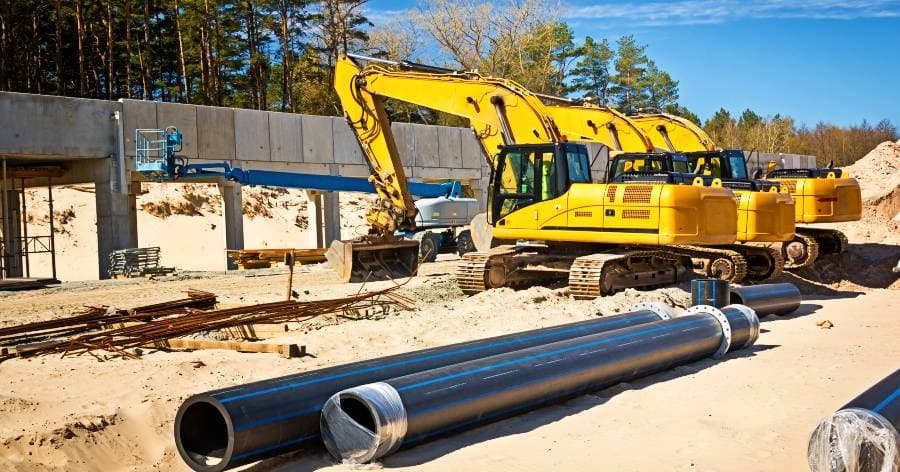US energy firms are scrambling to finish shale gas pipelines in Pennsylvania, West Virginia and Ohio as the nation prepares to become one of the world’s top natural gas exporters.
The network will bring cheaper fuel supplies for power generation and industry in the eastern half of Canada and the United States, especially along the US Gulf Coast. It would also transport the huge volumes needed to feed facilities that chill the gas to liquid so it can be shipped internationally. The construction addresses a lack of pipeline capacity that has stunted development of two of the largest shale fields in the United States, the Marcellus and Utica formations.
The lines should allow output to increase from both fields by about 50 percent in the next two years, the US Energy Information Administration (EIA) has predicted. Among the largest projects under construction are ETP's Rover; TransCanada's Leach XPress; and Williams Cos's Atlantic Sunrise. Those lines will move gas out of these shale basins to markets in Canada, the U.S. Midwest and Southeast, including expected connections to Gulf Coast export terminals. ETP's $4.2 billion Rover gas pipeline from Pennsylvania to Ontario will hire up to 15,000 workers during construction and is expected to be completed by late 2017, a spokesperson told Reuters.
Royal Dutch Shell last year agreed to build a multibillion-dollar petrochemical complex near Pittsburgh to be close to the source of the Marcellus and Utica gas. It will employ about 6,000 workers to build the facility and is expected to create about 600 permanent jobs when completed.
Abundant supply has also sparked interest from many countries in buying US LNG exports. The United States is expected to become a net exporter of gas this year for the first time since 1957 on the back of those rising LNG exports as well as pipeline flows to Mexico. At the centre of activity in both the Marcellus and Utica is Pennsylvania, which accounts for about 20 percent of US gas production.
At least five pipelines capable of transporting over seven bcfd from the Marcellus and Utica are scheduled to open in 2017, with five more due for completion in 2018, capable of moving another five bcfd.
If all pipes under construction are completed, that would rise to more than 35 bcfd. Some of the biggest drillers in Pennsylvania stand to benefit most from increasing pipeline capacity. They include units of Chesapeake Energy, Cabot Oil & Gas, Range Resources and EQT. Those four companies together expect to spend an estimated $4.8 billion on US drilling and well completions in 2017, about 60 percent more than they spent in 2016.
The US began exporting LNG from the lower 48 states in 2016; five additional export terminals are expected to open by 2020 to export LNG to large markets in Asia, including China and Japan.

